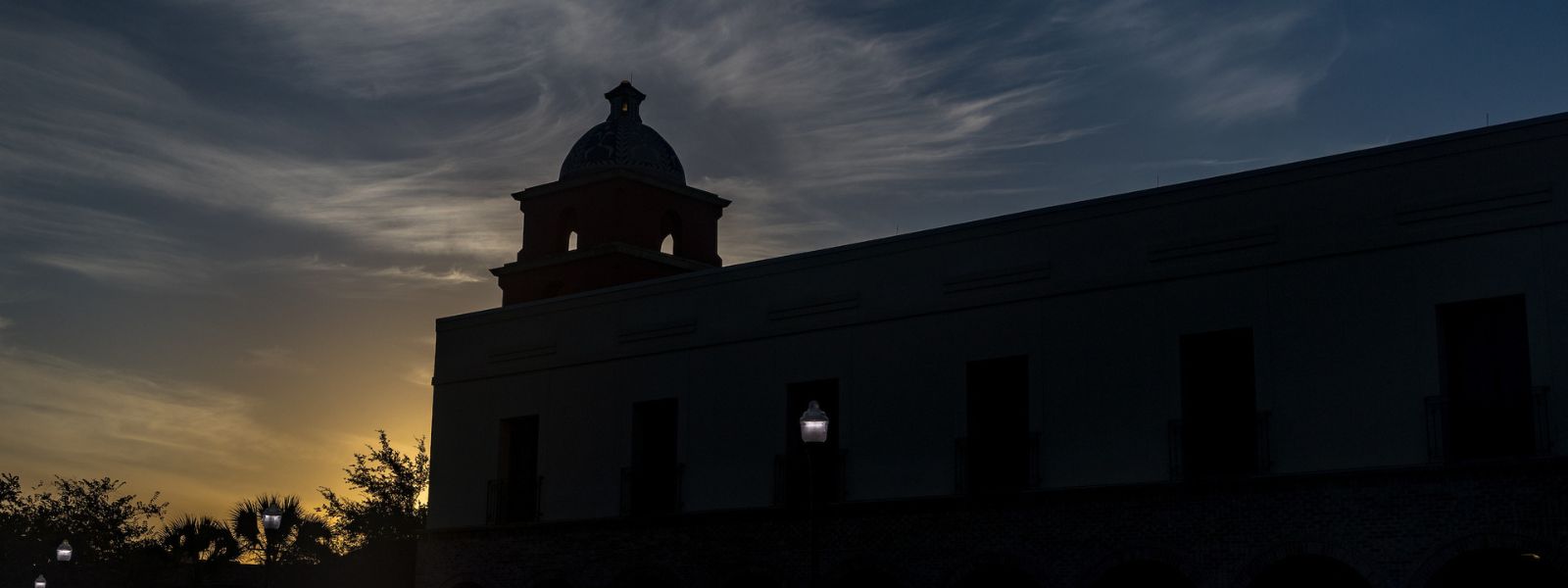
Literatures and Cultural Studies Faculty Publications and Presentations
Document Type
Article
Publication Date
9-2020
Abstract
El presente artículo propone un análisis de los cuentos de Largo noviembre de Madrid, además de otros relatos de La trilogía de la guerra civil de Juan Eduardo Zúñiga desde un planteamiento multidisciplinar basado en el concepto de la mirada. Partiendo de un marco teórico lacaniano, y con la evidencia de la construcción lectora que requiere el estilo elíptico y elusivo del autor, se ofrece un abordaje en clave escópica que incide en la diferencia entre “ver” y “mirar” como elementos que articulan las relaciones psicológicas entre personajes, y como técnica que redunda en la inmersión lectora. En los cuentos de Zúñiga, que exigen un lector cómplice, se suele ver sin mirar, y se puede mirar sin ver. Se analiza e interpreta la presencia y frecuencia de la unidad léxica “ojos” y en qué medida la visión condiciona los finales de los relatos e incide en su estructura. Por último, a partir del análisis de las páginas centrales del cuento “Ruinas, el trayecto: Guerda Taro” de Capital de la gloria, se postula la existencia de una poética a posteriori de La trilogía de la guerra civil como epítome de la ejecución técnica de la mirada en el relato de Zúñiga.
+++
This paper proposes an analysis of the short stories in Largo noviembre de Madrid, and in other stories in Juan Eduardo Zúñiga’s Spanish Civil War trilogy, with a multidisciplinary approach based on the notion of the gaze –within a Lacanian theoretical framework. The analysis surveys the evident demand that is placed on the readership in the construction of text, a consequence of the author’s elliptical and elusive style. We elaborate an approach in a scopic key that differentiates the uses of ver (to see) and mirar (to look) as elements that articulate the psychological relationships between the characters and, also, that contribute to an immersive reading. In Zuñiga’s stories, a complicit readership is elicited, and things are often “seen” without being looked at, while characters may also look without seeing. Along those lines, the lexical recurrency of ojos (eyes) is analyzed to interpret how the gaze contributes to shaping both the stories’ structure and their endings. We propose that there is a sort of after-the-fact poetics of the gaze in Zuñiga’s trilogy, as outlined in the central passages of the short tale “Ruinas, el trayecto: Guerda Taro”, in Capital de la Gloria. There, the most accomplished execution of the gaze as a mechanism takes place in the author’s short narrative.
Recommended Citation
Vega-Sampayo, Elena, and José Dávila-Montes. "Análisis de y desde la mirada en" Largo noviembre de Madrid" y en otros cuentos de Juan Eduardo Zúñiga." Pasavento. Revista de Estudios Hispánicos 8.2 (2020): 371-394. https://doi.org/10.37536/PREH.2020.8.2.19
Creative Commons License

This work is licensed under a Creative Commons Attribution 4.0 International License.
First Page
371
Last Page
394
Publication Title
Pasavento. Revista de Estudios Hispánicos
DOI
10.37536/PREH.2020.8.2.19


Comments
Derechos de autor 2020 Elena Vega-Sampayo, José Dávila-Montes. Esta obra está bajo una licencia internacional Creative Commons Atribución 4.0.